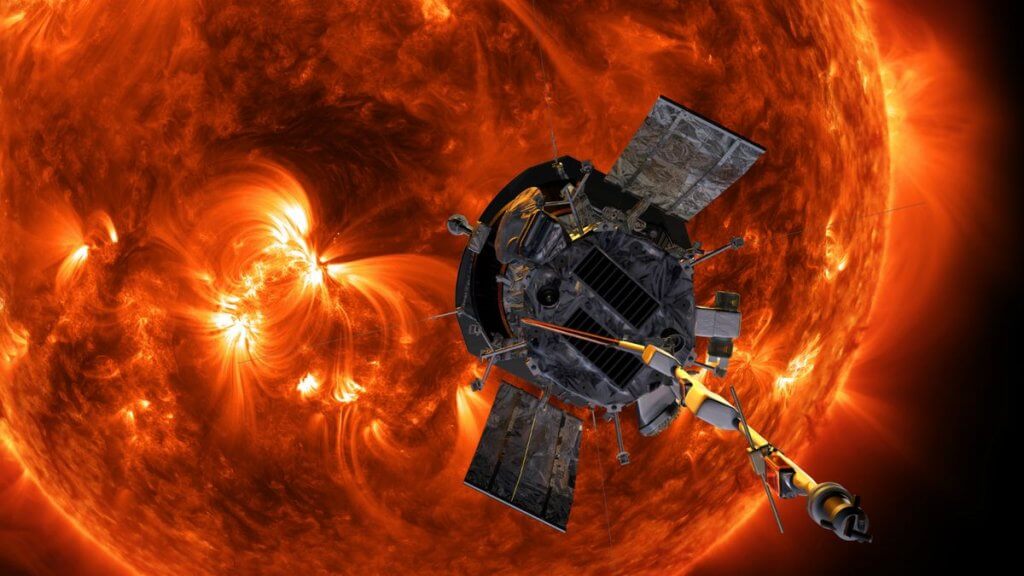The NASA Parker Solar Probe has become the fastest human-made object ever recorded — again.
On Sept. 27, the probe reached a blistering 394,736 mph/ (635,266 km/h) as it swooped close to the sun’s surface, thanks to a little gravity assistance from a close flyby of Venus on Aug. 21. . With this blistering approach to the sun, the probe smashed its own previous speed record of 364,660 mph (586,863 kmh), set in Nov. 2021. At the same time, the probe set a new distance record, swooping within just 4.51 million miles (7.26 million km) of the solar surface — closer than any spacecraft has ever orbited before, according to NASA.
The Venus flybys are a crucial element of the probe’s attempt to study the sun’s scorching surface. As the probe zooms by Venus, the planet absorbs some of Parker’s orbital energy, allowing it to get closer to the sun. The probe has one more flyby planned; its closest approach to the sun in late 2024 is predicted to be just 3.83 million miles (6.16 million km) from the surface. The probe will likely reach even greater speeds on its final trip around the sun, firmly solidifying its reputation as the fastest human-made object ever.
Related: How ordinary spacecraft sensors could improve our understanding of space weather
The Parker Solar Space Probe, launched in Aug. 2018, is on a seven-year mission to understand the sun’s corona, or the outermost layer of the sun’s atmosphere. Understanding how heat moves through the corona, how plasma and magnetic fields change on the sun’s surface, and how that powers phenomena such as solar wind will help scientists better predict space weather, according to NASA.

